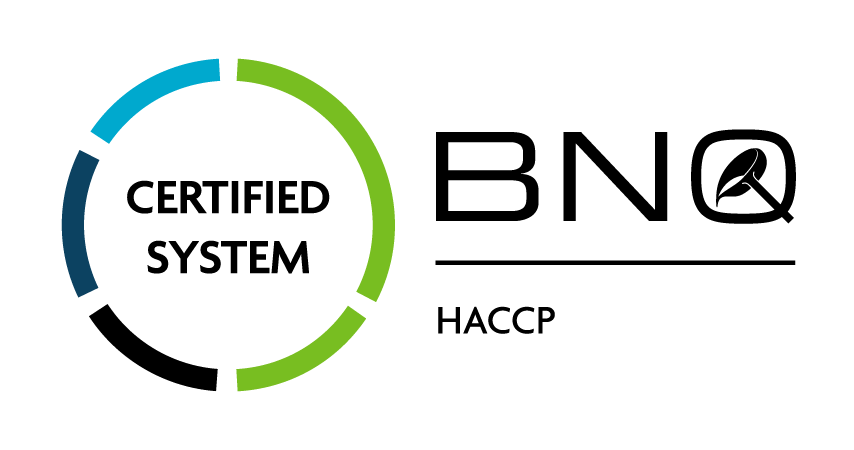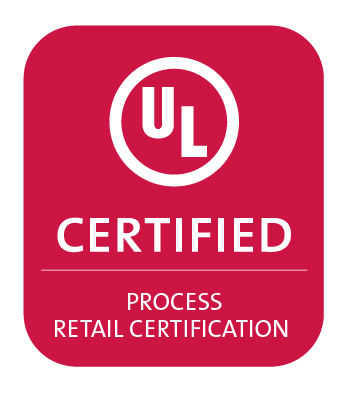
Global research on the pharmaceutical packaging market indicates that blister packaging will continue its robust growth, projected through the remaining decade to trail bottling only slightly in market share. While mature markets, such as Europe and Asia, already accept blister packs as a preferred method – and with North America stepping up its blister usage – these markets, surprisingly, are not the driving force in blister’s growth. Instead, the increase is expected, in large part, to be spurred by the benefits blister packaging brings to emerging markets where product protection, patient compliance and the need for daily or weekly prescription dosage are often primary considerations.
Emerging countries offer a nearly untapped opportunity both for pharmaceutical manufacturers as well as packagers due to increasing populations, rising standards of living and improved access to prescription medications. Despite the opportunities, these markets also hold unique challenges. Blister packaging effectively addresses these challenges.
Product stability is difficult to achieve in emerging countries because many are located in Zone III. This tropical environment, with its humidity levels and high temperatures, is rife with factors that can jeopardize drug stability. Fortunately, features of blister packaging safeguard product integrity. For example, materials used in the manufacture of blisters provide barriers to moisture, oxygen and consistently high temperatures as well as temperature fluctuations that can occur during shipping. Even in tropical climates, there is assurance of stability.
Each dose is hermetically sealed in its own single protective cavity. Unlike bottles where medications are exposed to elements with each opening, individual tablets or capsules have protection right up to administration. An added result of these measures of enhanced stability is that drugs in blister packs have a significantly longer shelf life than those packaged in other forms.
Blister’s unit-dosage packaging improves patient compliance by helping to keep track of each dose in a way that tablets or capsules in bottles cannot. This feature is notably relevant in countries where medications previously have been limited in availability and self-administering patients might be less accustomed to regimented dosing. Calendar and wallet-size blister cards provide even greater opportunity for patient adherence. An associated benefit is that the individually wrapped, pre-measured tablets or capsules ensure dosage accuracy.
A factor often overlooked, but a key consideration nonetheless, is that emerging countries typically dispense prescription medications in reduced quantities. It is not uncommon in impoverished locations, where money to pay for medications is limited, that dispensing is done in as limited as a several-day supply. Blister packs have the flexibility to provide custom count packs in a more efficient way than bottles.
While blisters are finding favor in emerging markets for the solutions they bring to unique challenges, there are also universal benefits that make blister a preferred packaging format for pharmacy-dispensed medication. These include such features as convenience of dispensing, portability, child-resistant yet senior-friendly opening.
While North America will be a significant driver in blister packaging growth, pharmaceutical manufacturers and packagers are wise to look to emerging countries for robust advancement, made possible, in large part, by the related benefits of blister packaging.
Download the File





